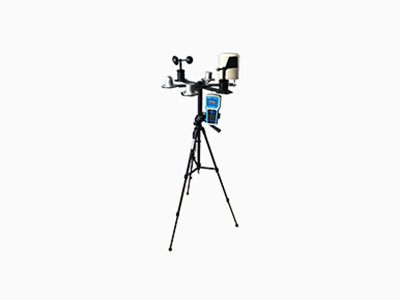Understand the WiFi Weather Station
With the advancement of technology, a WiFi weather station has emerged as a convenient and efficient solution for accessing accurate and real-time weather information. A WiFi weather station is a device that collects data on temperature, humidity, wind speed, and other weather parameters and transmits it wirelessly to a connected device, such as a smartphone or computer. So,Keeping track of weather conditions is essential for planning outdoor activities, monitoring climate patterns.

The advantages of WiFi weather station
One of the primary advantages of a WiFi weather station is its ability to provide up-to-date weather data directly to your fingertips. By connecting the weather station to your WiFi network, you can access current weather conditions and forecasts without the need to rely on traditional sources like television or radio stations. This real-time information enables you to plan your day better and make informed decisions regarding outdoor activities or travel.
Furthermore, WiFi weather station allows you to monitor weather conditions in your immediate vicinity. Unlike weather forecasts that often provide generalized data for large regions, a weather station provides localized information specific to your location. This level of detail is particularly useful for individuals who live or work in areas with microclimates or varying weather patterns. For example, if you are a gardener, you can monitor temperature and humidity levels to determine the best time for planting or watering your plants.

Another advantage of WiFi weather stations is its ability to track historical weather data. By collecting and storing information over time, the weather station can provide valuable insights into long-term climate trends. This feature is beneficial for researchers, climate enthusiasts, or individuals interested in studying local weather patterns. Analyzing historical weather data can help identify seasonal trends, assess climate change impacts, or simply satisfy curiosity about past weather events.
In addition to providing weather data, some advanced WiFi weather stations offer additional features such as integration with smart home systems. These stations can communicate with other smart devices in your home, allowing you to automate actions based on weather conditions. For example, you can set your smart thermostat to adjust the indoor temperature based on the outdoor weather, saving energy and enhancing comfort.

Moreover, installing and using a WiFi weather station is relatively simple. Most devices come with user-friendly interfaces and can be easily connected to your WiFi network. Once set up, the weather station will automatically collect and transmit data to your connected device, requiring little maintenance.
Conclusion
In conclusion, weather station is a valuable tool that provides accurate and real-time weather information for personal use. Its ability to deliver localized weather data, track historical trends, and offer additional smart home integration features makes it a versatile and convenient solution. With a WiFi weather station at your disposal, you can stay informed about weather conditions and make well-informed decisions to enhance your daily life.
